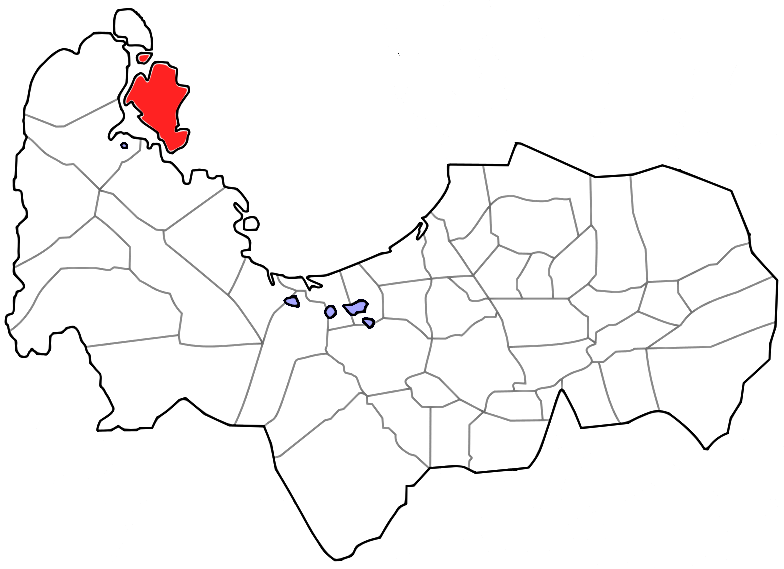Elephas beyeri on:
[Wikipedia]
[Google]
[Amazon]
''Elephas beyeri'' is an extinct species of dwarf elephant belonging to the
 ''Elephas beyeri'' was a dwarf elephant with a probable estimated stature of 1.2 m in shoulder height. During its naming, von Koenigswald proposed that these dwarfed elephants were descendants of the '' Elephas namadicus'' (Palaeoloxodon) lineage. It was thought by von Koenigswald that these animals crossed from the mainland Asia to the Philippines via land bridge connecting with Taiwan. This, however, is still debated but a research in 2021 showed an evidence of the possibility. Aside from the missing initial specimen, another confirmed discovery were unearthed in 2001 in the same locality. Further possible fossils were found in the
''Elephas beyeri'' was a dwarf elephant with a probable estimated stature of 1.2 m in shoulder height. During its naming, von Koenigswald proposed that these dwarfed elephants were descendants of the '' Elephas namadicus'' (Palaeoloxodon) lineage. It was thought by von Koenigswald that these animals crossed from the mainland Asia to the Philippines via land bridge connecting with Taiwan. This, however, is still debated but a research in 2021 showed an evidence of the possibility. Aside from the missing initial specimen, another confirmed discovery were unearthed in 2001 in the same locality. Further possible fossils were found in the
Elephantidae
Elephantidae is a family of large, herbivorous proboscidean mammals collectively called elephants and mammoths. These are terrestrial large mammals with a snout modified into a trunk and teeth modified into tusks. Most genera and species in the ...
family of the Middle Pleistocene. It was named after the anthropologist H. Otley Beyer
Henry Otley Beyer (July 13, 1883 – December 31, 1966) was an American anthropologist, who spent most of his adult life in the Philippines teaching Philippine indigenous culture. A.V.H. Hartendorp called Beyer the "Dean of Philippine ethnolo ...
. The type specimen was discovered on Cabarruyan Island in The Philippines but has since been lost.
Overview
 ''Elephas beyeri'' was a dwarf elephant with a probable estimated stature of 1.2 m in shoulder height. During its naming, von Koenigswald proposed that these dwarfed elephants were descendants of the '' Elephas namadicus'' (Palaeoloxodon) lineage. It was thought by von Koenigswald that these animals crossed from the mainland Asia to the Philippines via land bridge connecting with Taiwan. This, however, is still debated but a research in 2021 showed an evidence of the possibility. Aside from the missing initial specimen, another confirmed discovery were unearthed in 2001 in the same locality. Further possible fossils were found in the
''Elephas beyeri'' was a dwarf elephant with a probable estimated stature of 1.2 m in shoulder height. During its naming, von Koenigswald proposed that these dwarfed elephants were descendants of the '' Elephas namadicus'' (Palaeoloxodon) lineage. It was thought by von Koenigswald that these animals crossed from the mainland Asia to the Philippines via land bridge connecting with Taiwan. This, however, is still debated but a research in 2021 showed an evidence of the possibility. Aside from the missing initial specimen, another confirmed discovery were unearthed in 2001 in the same locality. Further possible fossils were found in the Visayas
The Visayas ( ), or the Visayan Islands ( Visayan: ''Kabisay-an'', ; tl, Kabisayaan ), are one of the three principal geographical divisions of the Philippines, along with Luzon and Mindanao. Located in the central part of the archipelago, ...
and at a number of sites in Luzon
Luzon (; ) is the largest and most populous island in the Philippines. Located in the northern portion of the Philippines archipelago, it is the economic and political center of the nation, being home to the country's capital city, Manila, as ...
. But it is unclear if these belonged to ''E. beyeri'' or ''E. namadicus'' due to their fragmented nature and the missing holotype. It might be even argued that the Visayan fossils were different from the Elephant races harbored in the Greater Luzon.
References
Prehistoric proboscideans Fossil taxa described in 1956 {{Paleo-proboscidean-stub